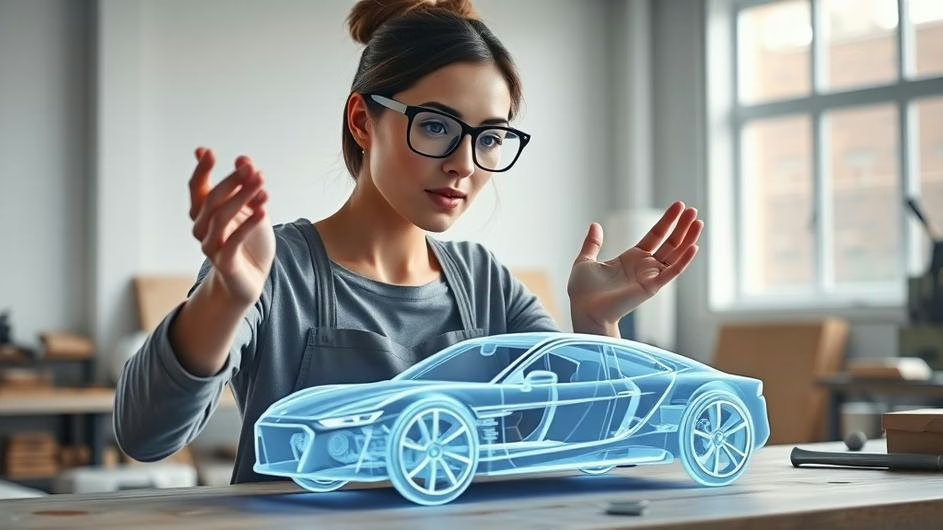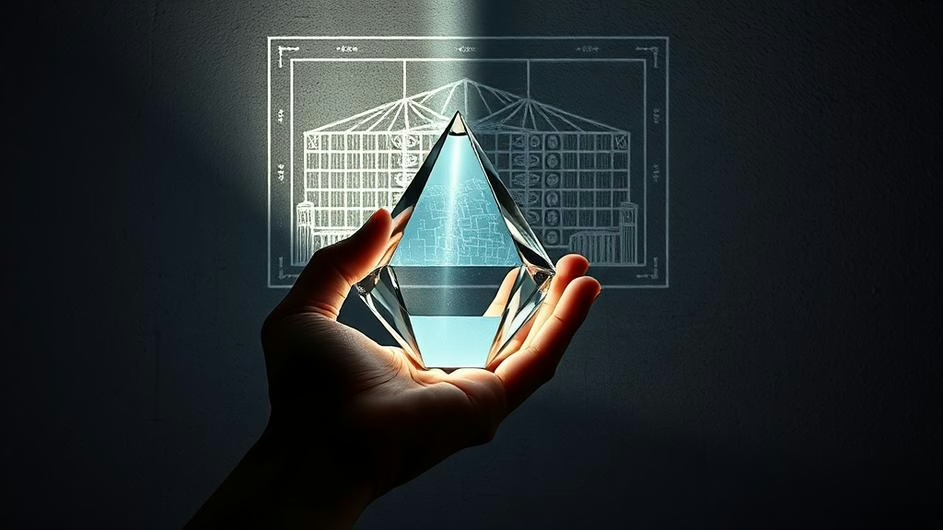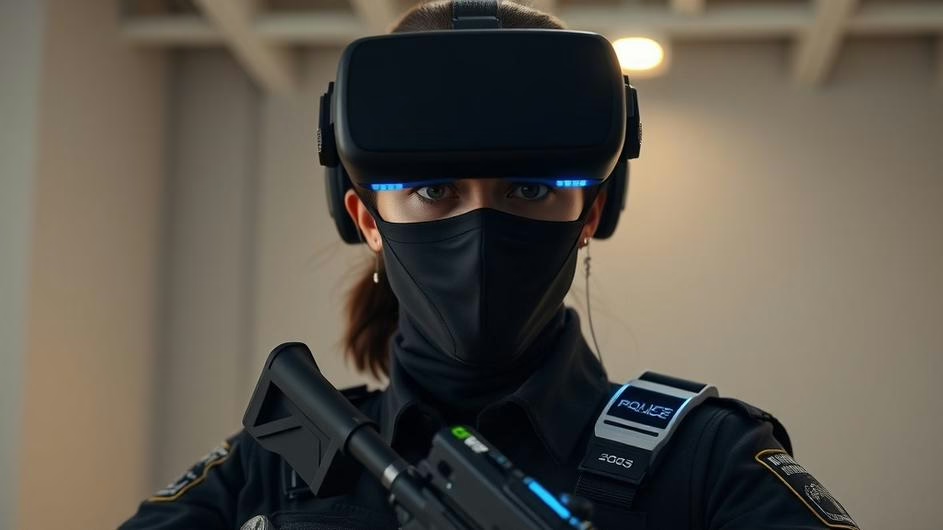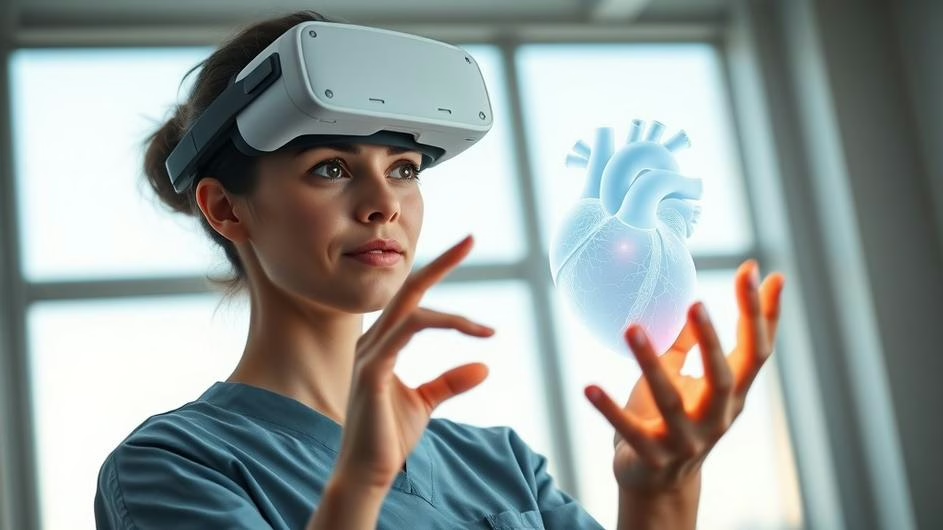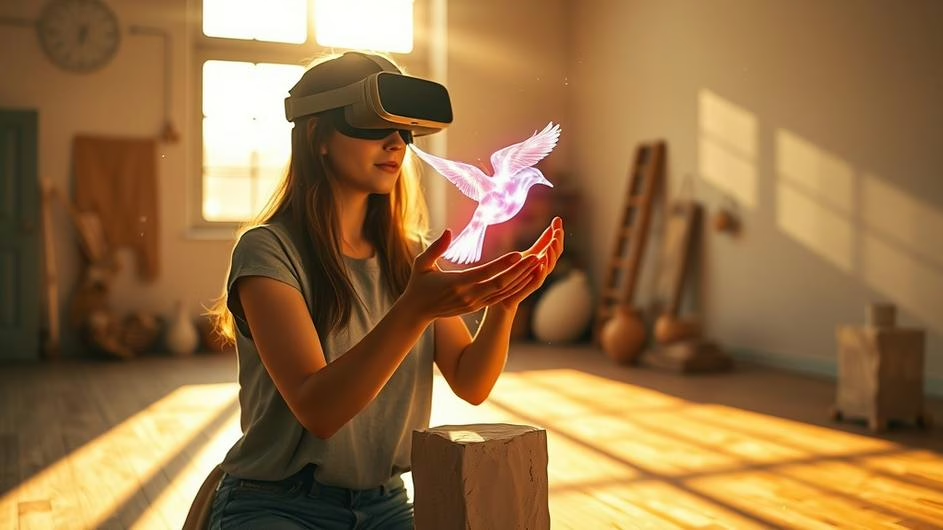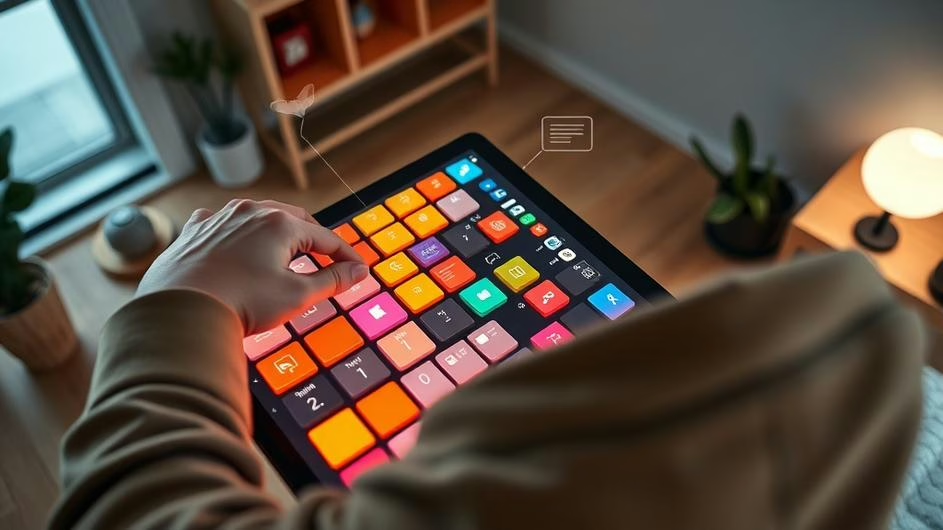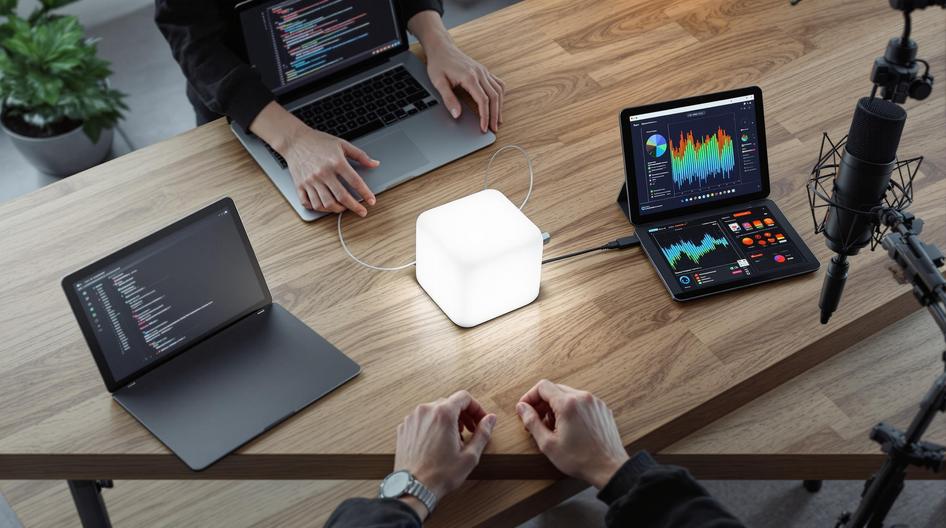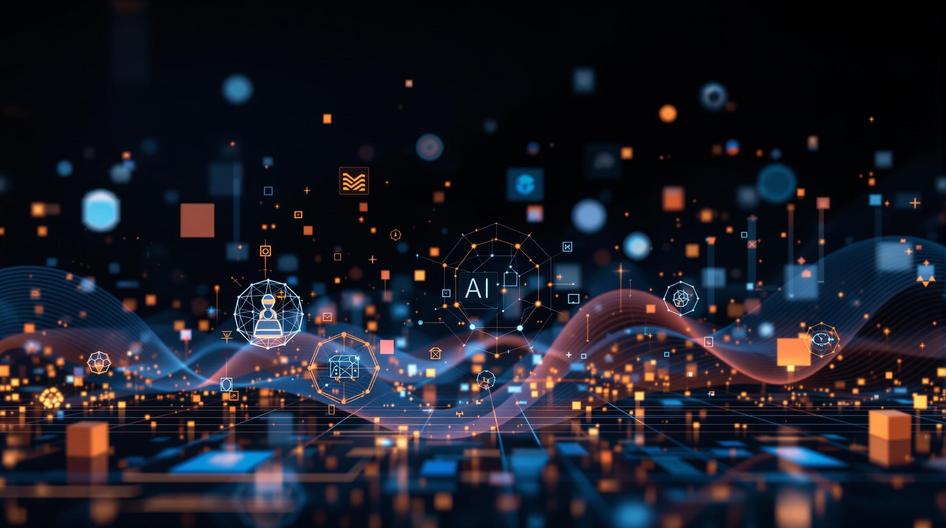
Augmented Reality Unfolds in 2025: From Smart Glasses to Workforce Transformation
If you’re following the tech scene, you don’t need a crystal ball to see how quickly augmented reality (AR) has moved from niche demo stations to an open frontier altering everyday experiences. The headlines in 2025 aren’t about distant sci-fi anymore; they’re about real use cases, big market bets, and a swelling wave of AR integration in daily routines—across how we shop, work, and interact with data.
Meta Moves Beyond the Experiment: Smart Glasses Go Mainstream
Remember when AR glasses were basically a party trick or a dev kit for a handful of hobbyists? Fast forward. Meta’s September rollout of Ray-Ban smart glasses signals a full-court press into wearable AR. These glasses, with embedded displays and AI features tucked into a familiar design, extend utility well past gimmicks and into everyday convenience. Want hands-free navigation, real-time translations, or context-aware notifications? Now, users are getting that—a strong hint that wearable AR, just like wearables for health or crypto wallets, is here to stay and scale.
Snap is doubling down, too. With the release of Snap OS 2.0, they’ve added a WebXR-powered native browser. Suddenly, AR isn’t boxed into proprietary apps. Surf a web page, and you could be pulling up immersive AR tradable NFTs, on-chain news overlays, or even instant tutorials that pop up right in your field of vision. Developers see the opportunity: build once, deploy to millions. For users and traders in crypto, that could mean swapping assets or analyzing charts with contextual overlays—no separate apps needed.
Curious about how these browser breakthroughs connect to broader industry trends? Check out our breakdown of XR’s core components and their global impact.
Amazon Bets on AR for Retail—and the Last Mile
Amazon isn’t sitting this one out. The e-commerce titan is quietly shaping the AR landscape with their own consumer smart glasses under development. The focus? Shopping at home, virtually placing items, and personalized “try-before-you-buy” experiences. That’s great for users (goodbye, awkward returns), and it’s music to investors’ ears when customer friction drops.
But perhaps the more interesting move: Amazon’s October 2025 pilot program arming contract delivery drivers with AR glasses. These aren’t your typical dashboard gadgets. The glasses help drivers pinpoint delivery locations, even flagging safe drop spots. For logistics teams, this slices down error rates. For businesses, it means leaner operations and potential cost savings—always hot topics in tech and commerce.
If you want to dig deeper into how AR, automation, and AI are shaking up the world of work, see how digital workforces are evolving.
Vuzix and the Hardware Race: Building the Backbone of AR
While the headlines focus on flashy launches, pay attention to names like Vuzix. Their Q3 2025 earnings show real momentum in manufacturing and waveguide display improvements—critical plumbing for AR’s next chapter. Vuzix supplies not just consumers but also AR innovators in logistics, healthcare, and enterprise, tying together high-spec hardware with increasingly robust use cases. Their tech, designed in lockstep with AI and edge computing trends, positions them as a keystone in the maturing AR ecosystem. Investors and policymakers should be watching this segment. When the underlying tech gets better, the whole market levels up—think Ethereum gas fees dropping as layer 2s get built out.

AI + AR: Smart Overlays for Real Work
Here’s where it gets interesting. Integrations like Snap’s partnership with Perplexity aren’t about AR for AR’s sake. They’re blending generative AI with AR overlays, providing users with smart, context-aware information in real time. So, what does this mean for developers and businesses? You can now build applications that adapt on the fly—guiding a retail employee during stocktaking or feeding a trader live DeFi token stats as market conditions move. The convergence of AI and AR could fundamentally rework productivity, personalization, and even enterprise data compliance.
For a closer look at how AI is infiltrating all corners of workflow design, see our feature on the rapid evolution of AI.
From Travel to Try-Ons: AR Hits the Consumer Frontlines
AR isn’t stopping at work; it’s coming straight for consumer convenience. Devices like the Xreal One are appealing to travelers and commuters, making heads-up data access a reality. Virtual try-ons, powered by AR and advanced AI, are collapsing the barrier between inspiration and purchase. Now, you can see a jacket or a pair of sneakers on your avatar, swap colors with a swipe, and buy instantly. Retailers are tracking these metrics, noting higher conversion and lower return rates.
These examples tie nicely into the rise of on-chain retail loyalty systems or brands using NFTs for exclusive AR-based experiences. The intersection is only growing, as covered in the new era of wearables and AI-powered personal tech.
What’s in It for the Developer and the Broader Blockchain Scene?
Think about how browser- and cloud-integrated AR is removing barriers for builders. Just as layer-2 solutions and modular blockchains lower costs and hasten deployment, these AR platforms are turning what used to be bespoke projects into plain web deployments. Developers don’t have to chase every hardware update; they can focus on the user experience and shipping faster.
If you’re trading or building in blockchain, you probably know how deeply interface trends shape adoption. Just recall the boost DeFi saw when swaps moved from clunky command lines to smooth web dashboards. Now, expect parallel growth as AR lowers friction and encourages deeper on-chain engagement.
Will AR Drive New Business Models and Regulatory Questions?
So, could this all spark questions for investors and policymakers? Definitely. Big tech moves trigger waves—new AR hardware changes how data is collected and delivered, potentially reshaping privacy and compliance frameworks. Retailers and exchanges are already exploring how AR can be woven into KYC and identity verification, borrowing strategies from AI-powered document checks common in fintech.
If you’re curious about policy or regulation in AI, check out how regulators are reacting to the expanding impact of technology.
Looking Forward: AR’s Path to Ubiquity
Here’s the core: The groundwork laid in 2025 sets up AR to blend seamlessly into both physical and digital worlds. As device hardware gets smaller and smarter, thanks to AI and robust cloud backbones, AR experiences—once expensive and niche—will become ever more accessible. Builders will find it easier to integrate AR into everything from decentralized games to digital twins in logistics. End users? They’ll just call it everyday tech, much like mobile payments or digital ID.
Is AR the next smartphone? Not quite yet. But the trends are unmistakable. As digital and physical boundaries keep dissolving, look for growing crossover with blockchain, DeFi, and smart device innovation. This convergence is where the real disruption lies—and where everyone from traders to regulators will need to keep their eyes peeled.
Sources
- Glass Almanac, 7 Augmented Reality Bets In 2025 That Surprise Investors – Here’s What Changes, November 15, 2025
- Glass Almanac, 7 Augmented Reality Developments In 2025 That Could Change Work And Play, November 10, 2025
- Financial Times, Vuzix Reports Third Quarter 2025 Results – Company Announcement, November 13, 2025
- Glass Almanac, 7 Augmented Reality Shifts In 2025 That Surprise Investors And Consumers, November 14, 2025
- Glass Almanac, Amazon Reveals Driver AR Trial On Oct 22, 2025: Why It Matters Now, November 11, 2025
- Augmented Reality in 2025: The Year AR Leaps from Labs to Everyday Life
- XR, VR, AR, and MR: The Global Impact of Immersive Tech
- Automation, AI, and the Rise of the Digital Workforce
- The Rapid Evolution of AI: Transforming Tech’s Future
- Wearables and AI Signal a New Era for Personal Tech
- Navigating the AI Revolution: Transformations and Challenges
- Augmented Reality: Redefining the Boundary Between Digital and Physical Worlds











